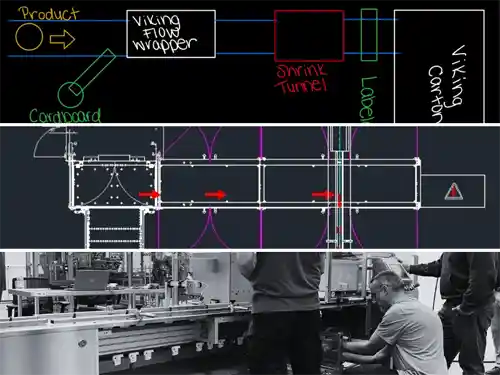Pharmaceutical Packaging: Focus on Patients' Needs
 Medical errors are one of the most dangerous and costly problems facing the healthcare industry today. They increase the risk of patients experiencing life-threatening and fatal injuries from medical procedures and medications designed to help them. There are roughly 700,000 visits to the emergency room annually because of an adverse drug event (ADE), according to the United States Department of Health and Human Resources' Agency of Healthcare Research and Quality (AHRQ).
Medical errors are one of the most dangerous and costly problems facing the healthcare industry today. They increase the risk of patients experiencing life-threatening and fatal injuries from medical procedures and medications designed to help them. There are roughly 700,000 visits to the emergency room annually because of an adverse drug event (ADE), according to the United States Department of Health and Human Resources' Agency of Healthcare Research and Quality (AHRQ).
Patients Need Better Packaging Designs
Pharmaceutical and medical packaging is under the microscope based upon the number of medication errors that are occurring that can be prevented. In a 2006 report by the Institute of Medicine, 33% of medication errors are believed to be caused by packaging and labeling, according to Packaging Digest. Some common problems with packaging and labeling of medications may include:
- Medications in the same product line cannot be distinguished from each other due to similar container characteristics
- Medication products needing dilution cannot be distinguished from containers that allow for direct administration
- Manufacturers are using drug-device combination products that may have complex controls, confusing labeling or inadequate protections to stop incorrect use
- Medication information that has poor visual contrast when printed on containers, enclosure materials or embossed on containers
 The Federal Drug Administration (FDA) has published various guidelines for pharmaceutical and medical companies in an effort to decrease the number of medical errors that occur, according to Packaging Digest. These guidelines focus on the patients' needs for better packaging and labeling best practices to provide quality healthcare for patients.
The Federal Drug Administration (FDA) has published various guidelines for pharmaceutical and medical companies in an effort to decrease the number of medical errors that occur, according to Packaging Digest. These guidelines focus on the patients' needs for better packaging and labeling best practices to provide quality healthcare for patients.
Innovative Packaging Machinery Solutions for the Pharmaceutical Industry
Pharmaceutical and medical packaging are undergoing major design changes at the drawing board, and pharmaceutical companies are seeking out machinery that can put medication labeling updates and packaging improvements into action. Robust and versatile machinery must be dependable to ensure the quality of packaged medication while following all of the company's safety policies. The machinery must also allow for different types of packaging and labeling designs based upon how the medication is dispensed according to usage, dosage, and administration.




